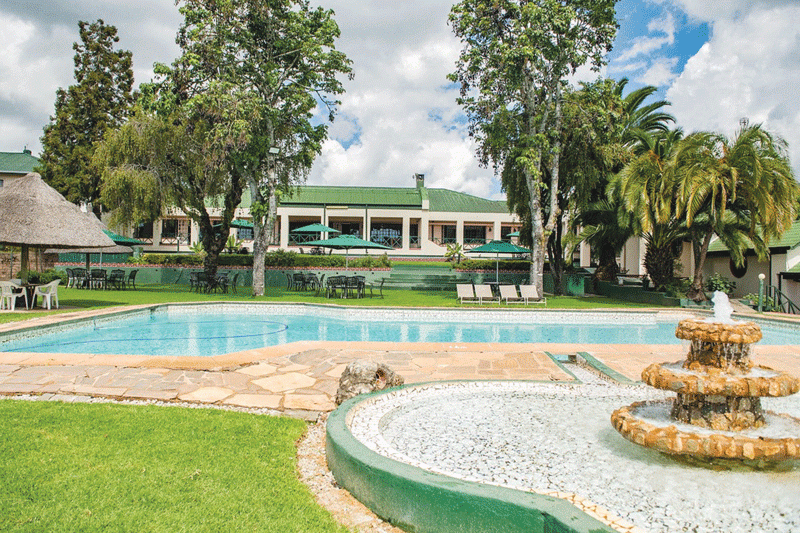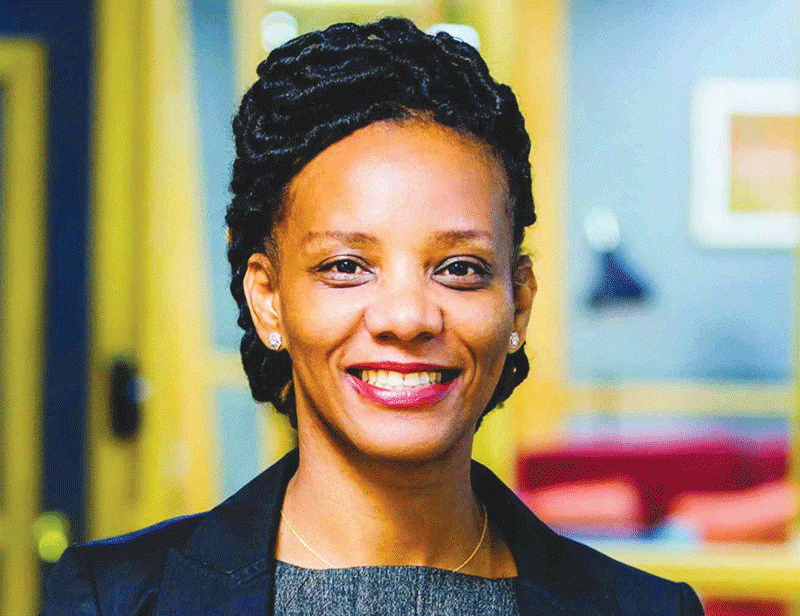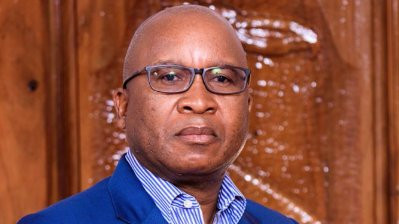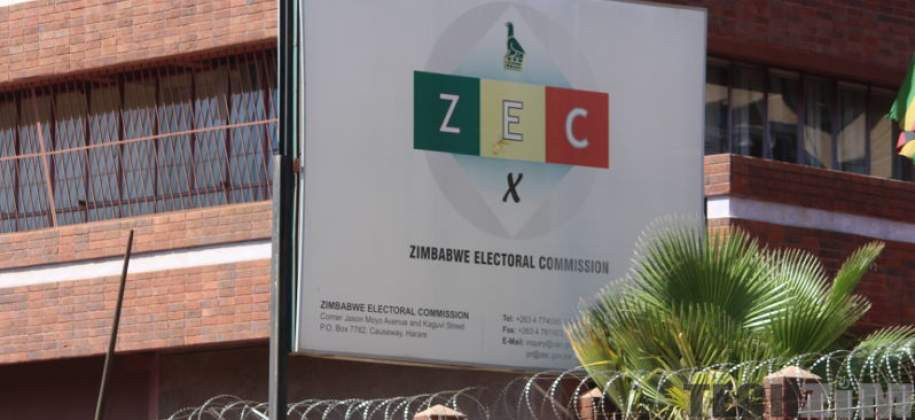
Diversified agro-industrial concern Ariston Holdings Limited is grappling with severe operational challenges, including a negative working capital position and an asset base largely comprised of illiquid, specialised agricultural assets, businessdigest can report.
While revenue grew by 8,9% to US$7,07 million in the financial year ended September 30, 2024, the company’s inability to control costs and manage debt has pushed it into a financial quagmire, raising concerns about its long-term viability.
Despite the modest revenue increase, Ariston’s gross loss stood at US$1,39 million, underscoring inefficiencies in production and pricing.
Operating losses remained stubbornly high at US$4,19 million, though slightly improved from US$4,89 million in 2023.
The company’s bottom line was only salvaged by a US$300 299 foreign exchange gain — a stark contrast to the US$10,4 million exchange loss that hammered earnings the previous year.
“This position stems from persistent operating losses and negligible cash generation,” financial analyst Sylvester Mupanduki said.
“Net operating cash flow for financial year 2024 was a mere US$72 000 — an alarmingly low figure relative to US$7 million in top-line revenue.
“Such weak cash flow raises serious concerns about Ariston’s ability to meet near-term obligations, which include US$4 million in short-term debt and US$6 million in trade payables.”
- High costs hold back Ariston
- High costs hold back Ariston
- ‘Zim has capacity to produce 12 tonnes macadamia nuts per hectare’
- Ariston records a 21% drop in tea production volumes
Keep Reading
To remain in business, Ariston appears increasingly reliant on external financing.
According to Mupanduki, the company is likely to seek additional borrowings despite already holding US$10 million in debt, carrying an interest rate of 13% per annum.
“In its current state, Ariston is heavily debt-dependent and financially distressed. Ariston Holdings is technically insolvent,” he said.
“Although it remains legally solvent and not under administration, practically, the company is facing significant operational challenges.
“Its working capital position is negative, and its asset base is predominantly made up of specialised agricultural assets, which are not easily liquidated.”
The company’s working capital deficit ballooned to US$3,23 million, up sharply from US$0,41 million in 2023, as current liabilities at US$9,51 million far outstripped liquid assets of US$6,28 million.
Most alarming is the 85% plunge in cash reserves, leaving the company with a meagre US$16 632 — barely enough to cover short-term obligations.
“The numbers suggest Ariston is treading water, but the underlying business remains structurally weak,” a Harare-based equity analyst, who requested anonymity, said.
“Without meaningful cost-cutting or a major strategic shift, the losses will persist.”
Meanwhile, short-term borrowings surged by 246% to US$3,58 million, reflecting growing reliance on debt to keep operations running.
Total borrowings now stand at US$9,23 million, pushing the debt-to-equity ratio to 0,84x, up from 0,46x in the comparable period.
The company’s non-current assets shrank by 7,7% to US$23,6 million, driven by depreciation and potential write-downs on its agricultural assets — many of which are illiquid and difficult to offload in a distressed sale.
Shareholders have borne the brunt of the turmoil, with distributable reserves sinking to negative US$6,15 million, down from negative US$1,86 million in 2023.
Total equity has collapsed by 28% year-on-year, eroding the company’s financial cushion.
“The company is caught in a vicious cycle,” the analyst said.
“Without fresh capital or a drastic turnaround plan, it risks insolvency.”
The company directors are, however, confident that the group maintains adequate resources to continue its operations for the foreseeable future.
They attributed the current situation where liabilities exceed assets to the ongoing process of replacing short-term borrowings with longer-term financing facilities.
To further strengthen its financial position, the group secured US$3 million in long-term funding after the reporting period. This includes working capital loans with a maturity date of April 2026 and capital expenditure loans repayable by December 2027.











